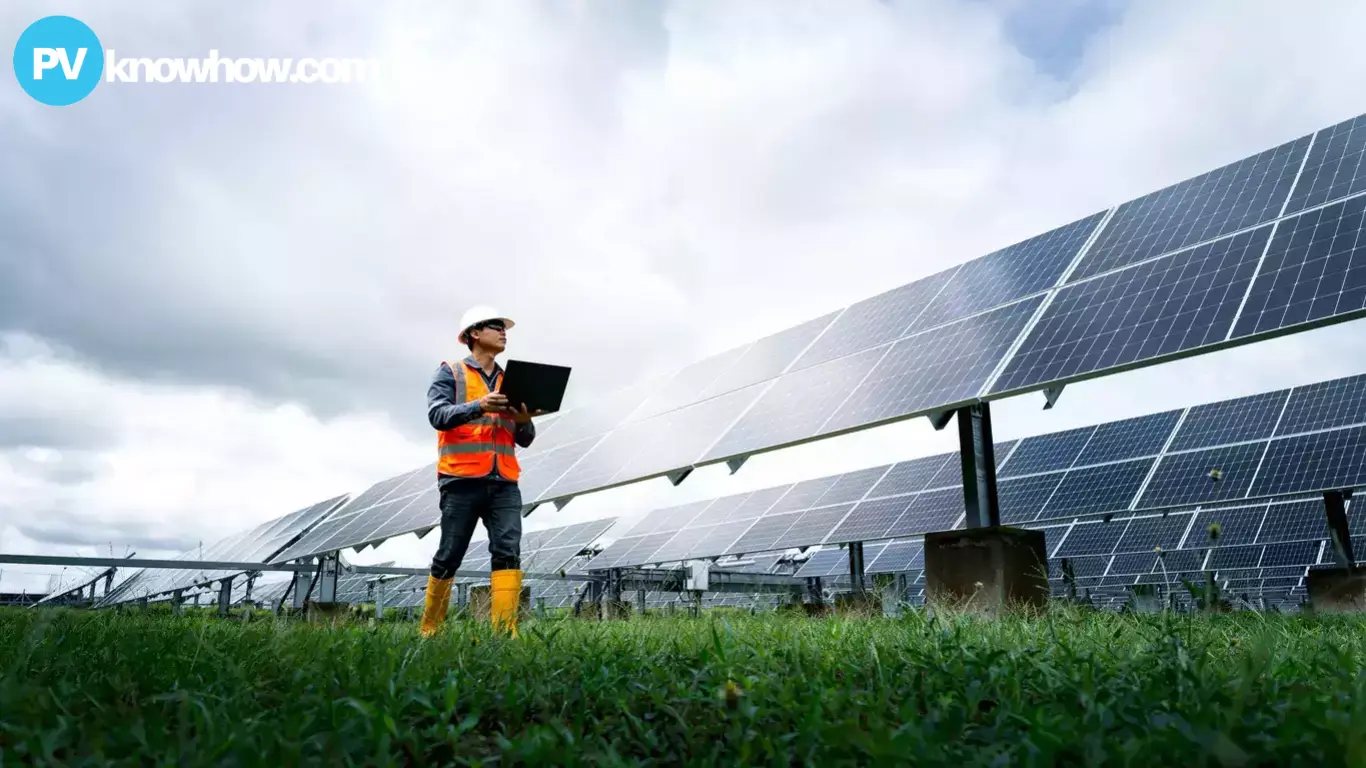The United Kingdom is close to achieving 16 GW of installed solar capacity, with small-scale installations driving most of the recent growth. Despite a slower start this year, the UK government's latest data reflects significant progress towards renewable energy goals.
Optimism for Greater Results

Image: Collected
The United Kingdom is on the verge of reaching a significant milestone with nearly 16 gigawatts (GW) of installed solar capacity. Despite a slower pace of growth this year, the majority of additions are from small-scale installations, thereby showcasing the resilience and diversity of the solar sector.
With the upcoming General Election, there is optimism for the next government to swiftly address any barriers hindering further expansion. The UK's Department for Energy Security and Net Zero (DESNZ) reports an impressive installed capacity of 15.9 GW, highlighting the nation's commitment to renewable energy.
The statistics released on May 30, 2024, reveal that 190 MW of capacity was added during the initial four months of 2024, which falls short of the 330 MW added during the same period in 2023. According to the latest data from DESNZ, the United Kingdom installed 916 MW of solar capacity in 2023. Despite ranking as the second-highest year for new installations with 191,524 systems coming online, it only placed fifth in terms of new capacity, mainly due to smaller installations making up the majority of additions.
Residential Solar Installation Taking the Lead
The majority of capacity increases in the first four months of 2024 also originated from small-scale installations. Installations with a capacity of 4 kW or below contributed 84 MW of the 190 MW installed during this period. Data indicates that installations ranging from 4 kW to 10 kW added 69 MW of new capacity, while those between 10 kW and 50 kW accounted for the remaining 37 MW. Unlike in 2023, no new installations exceeding 50 kW capacity were reported in the data for the first four months of 2024.
By the end of April 2024, approximately 88% of the nearly 1.5 million solar installations documented in DESNZ data are residential systems. However, ground-mounted solar constitutes 49% (7.7 GW) of the total UK solar capacity as of March 2024, which includes the two operational solar farms accredited under Contracts for Difference (CfDs).
Contracts for Difference (CfDs) could significantly contribute to the expansion of solar energy deployment in the United Kingdom. Nearly 2 GW of capacity spread across 56 projects was tendered in the fifth UK CfD auction held in September 2023. The nation's sixth CfD auction closed for applications on April 19, 2024, with National Grid ESO expected to announce the results between late June and early September. This auction reserved a GBP 120 million ($152,535) fund for "established technologies," such as solar installations up to 5 MW, along with onshore wind and other sources.
2035 Solar Goal of 70 GW
Mark Sommerfeld, Deputy Director of Policy at the Association for Renewable Energy and Clean Technology (REA), highlights that recent deployment data suggests the United Kingdom is not on track to meet its solar generation objectives. The UK government aims for 70 GW of installed solar capacity by 2035, but with only around 16 GW deployed presently, significant efforts are required to bridge this gap.
To achieve the target, Sommerfeld stresses the importance of implementing solar projects across various scales, utilizing rooftops and suitable ground-mounted sites. While there's a promising market for smaller-scale projects, expediting solar deployment involves unlocking larger utility-scale projects. Fortunately, the industry has a substantial backlog of projects poised for development.
Sommerfeld's remarks coincide with the United Kingdom's election season. Regardless of the outcome of the UK General Election on 4 July, Sommerfeld stressed the urgency for the next government to swiftly implement the recommendations put forth by the Solar Taskforce — an industry-led advisory body aimed at supporting solar deployment.
It is imperative to address grid connection timeframes and strengthen solar supply chains as key recommendations. The industry is prepared to collaborate with the next government to achieve these objectives and leverage opportunities for increasing solar capacity.
